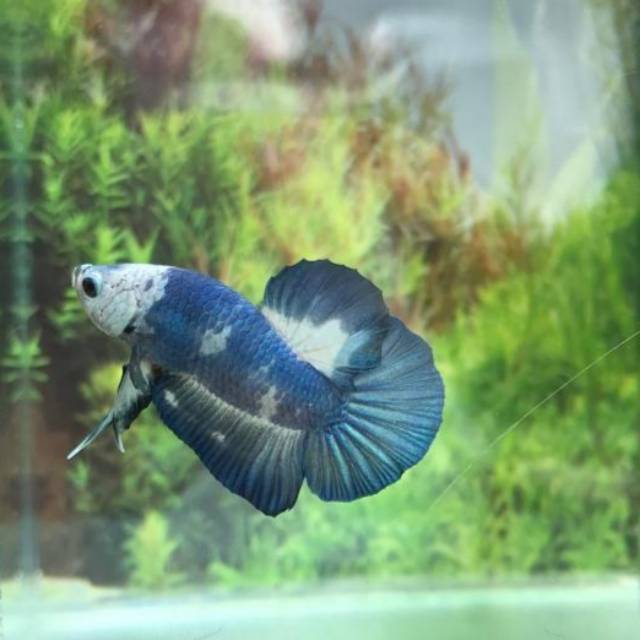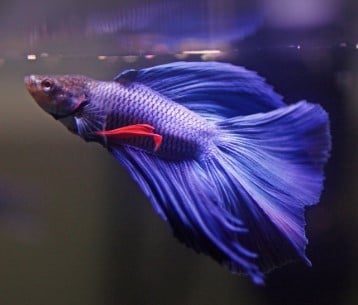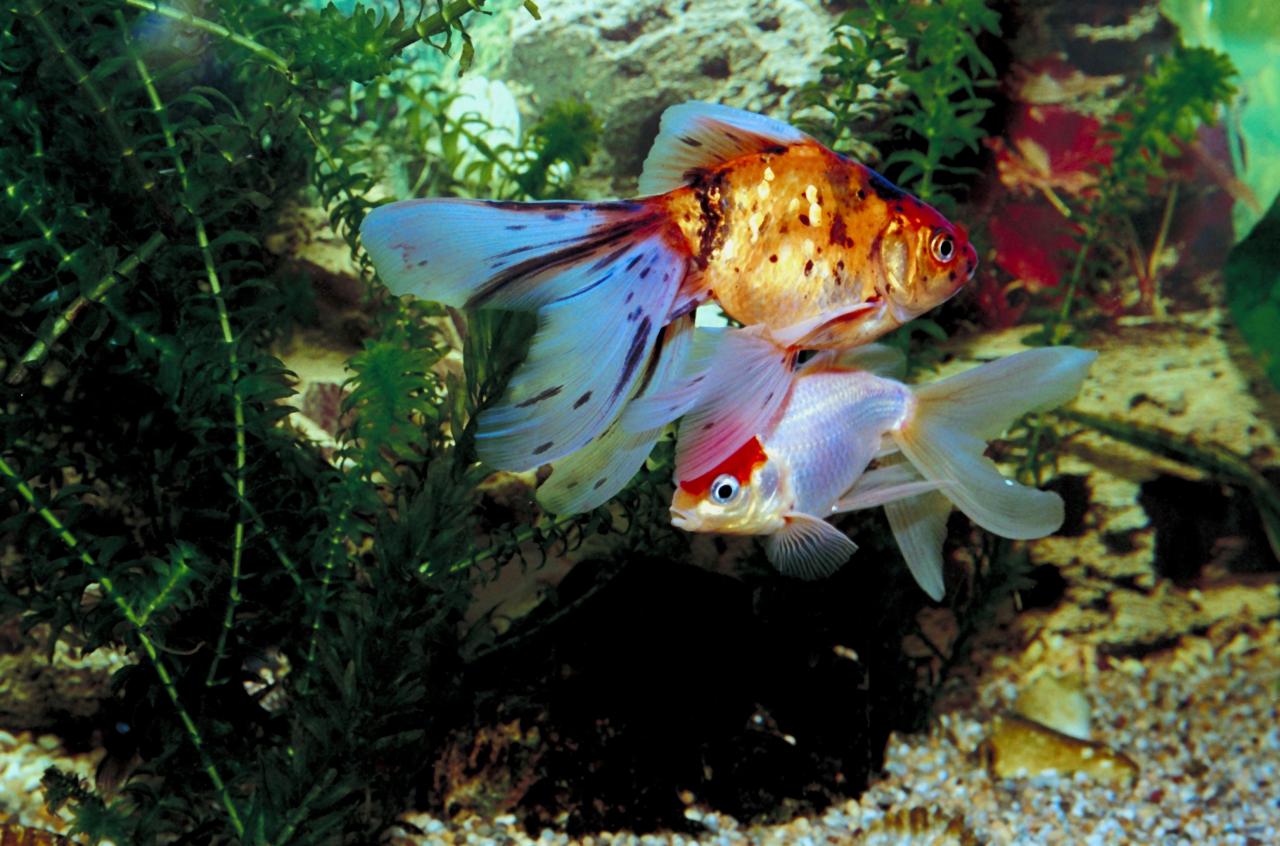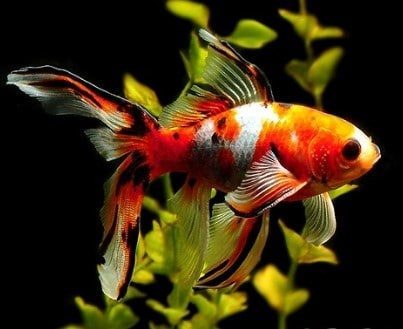Fish must be fed regularly to meet their nutritional needs and maintain their overall health. Here’s why fish must be fed periodically:
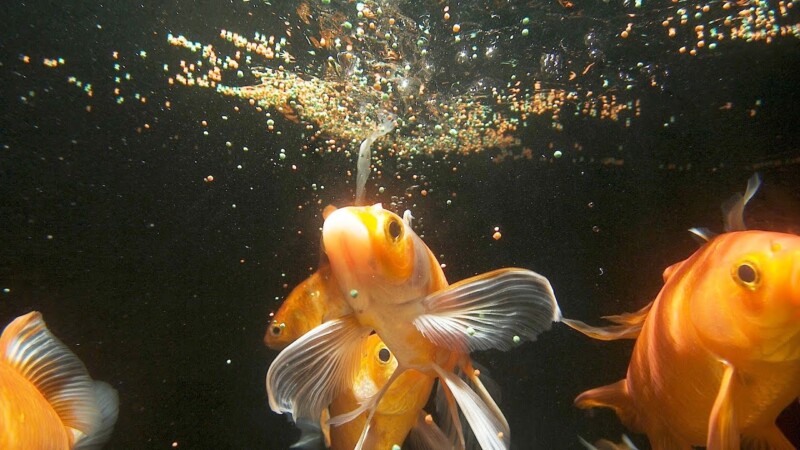
- Sustaining energy levels: Fish require energy to perform daily activities, including swimming, exploring their environment, and interacting with other fish. Regular feeding ensures that they have an adequate energy supply to support these activities.
- Growth and development: Many fish species continue to grow. Regularly feeding them a balanced diet allows them to obtain the necessary nutrients for proper growth and development. Young fish, in particular, have high growth rates and may require more frequent feedings.
- Nutritional requirements: Different species of fish have specific dietary requirements. They need various nutrients such as proteins, carbohydrates, fats, vitamins, and minerals. Regular feeding ensures that they receive a well-rounded diet to meet these nutritional needs.
- Immune system support: Proper nutrition significantly boosts the fish’s immune system. Fish with a robust immune system are more resilient to diseases and infections. Regular feeding with high-quality food helps maintain their immune health.
- Overall health and well-being: Consistent feeding promotes fish’s overall health and well-being. It helps them avoid malnutrition or starvation, keeping their organs, muscles, and other bodily functions optimally.
It’s important to note that while regular feeding is essential, overfeeding should be avoided. Overfeeding can lead to health problems, poor water quality, and obesity in fish; following appropriate feeding guidelines specific to the species and monitoring their behavior after feeding allows for a healthy feeding routine.
The feeding frequency for fish depends on several factors, including the species of fish, their size, age, and the specific dietary requirements they have. However, here are some general guidelines for feeding fish:
- Follow the recommended guidelines: Many fish food products provide instructions on the recommended feeding frequency and portion size for different types of fish. It’s a good idea to follow these guidelines as a starting point.
- Feed small amounts multiple times a day: In general, it is better to feed fish small amounts multiple times a day rather than one large feeding. This helps to mimic their natural feeding patterns and prevents overfeeding.
- Observe their behavior: Pay attention to how your fish behave after feeding. If they quickly eat all the food and seem hungry, you may need to increase their feeding frequency or portion size. On the other hand, if leftover food is floating in the tank or the fish are becoming overweight, you may be overfeeding and should adjust accordingly.
- Consider fasting days: Some fish species benefit from occasional fasting days when they are not fed. This can help prevent digestive issues and maintain their overall health. Again, check specific recommendations for the type of fish you have.
- Be mindful of water quality: Avoid overfeeding as it can lead to excess waste in the tank, which may negatively impact water quality. Uneaten food can also contribute to water pollution, so only provide what your fish can consume in a few minutes.
It’s essential to research the specific requirements of your fish species to ensure you are meeting their dietary needs correctly.
